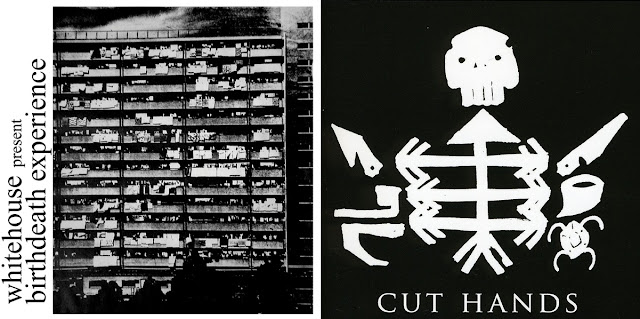Even before Columbia announced their acquisition of James Jones’ novel, Sinatra had earmarked the part for himself, obsessively learning the character’s dialogue and Brooklyn speech rhythms, and in the months that followed, campaigned vigorously for the role, firing off weekly telegrams to Columbia czar Harry Cohn, always signed Maggio. Despite Sinatra negotiating a demeaning cut-price salary with the studio, Cohn still favored Eli Wallach for the role but it was Fred Zinnemann who finally settled on Sinatra after seeing screen test footage of him performing two scenes from the film. Watching From Here To Eternity again, I was surprised to see how slight Sinatra actually was, his thin bony frame momentarily put in mind Richard Wordsworth’s emaciated prisoner of war in Hammer’s 1958 film Camp On Blood Island. But regardless of his modest physical stature (and he was perfectly cast in this regard, the character in the novel a tiny curly-headed Italian with narrow bony shoulders jutting from his undershirt), Sinatra is superb as Maggio, and the equal of his co-star Montgomery Clift – no small thing considering Sinatra on previous pictures delivered his scenes in one or two takes.
Sinatra was no Method actor but I wonder did some of Clift’s technique rubbed off on set – one gets the impression that Sinatra was harnessing that fierce temper and perhaps the sense of anxiety he often felt in those lean years - look for that genuine look of weariness on his face when he falls into the clutches of Ernest Borgnine’s sadistic stockade warden. The performance earned Sinatra an Academy Award for Best Supporting Actor, but in later years it seems his triumph was tinged with a certain ambivalence, remarking that his portrayal of heroin addict Frankie Machine in The Man With the Golden Arm was more worthy of an Academy Award (Sinatra was nominated but lost out to his former tormentor Ernest Borgnine who picked up the statuette in 1956 for Marty). And much later Sinatra’s involvement in From Here To Eternity was the source of some embarrassment for the singer after the release of The Godfather, which propagated the myth that Sinatra had employed the services of the Mob to land the part of Maggio. If the down-on-his-luck crooner Johnny Fontane sprang entirely from the imagination of Mario Puzo, perhaps the novelist was remembering an earlier rumor that Sinatra used unsavory connections to release him from his contract with bandleader Tommy Dorsey, a story Sinatra always brushed aside but nevertheless persists to this day…


